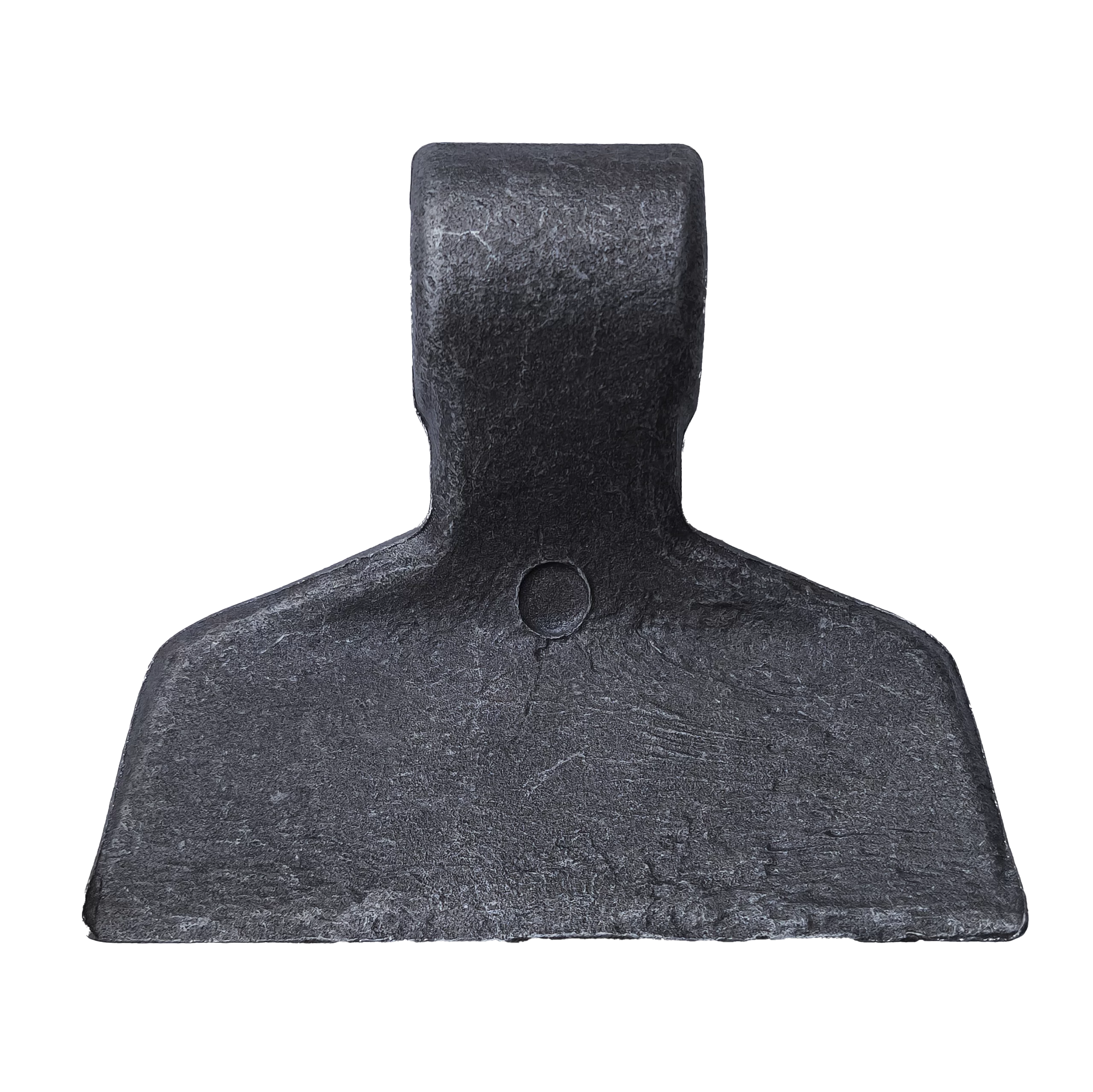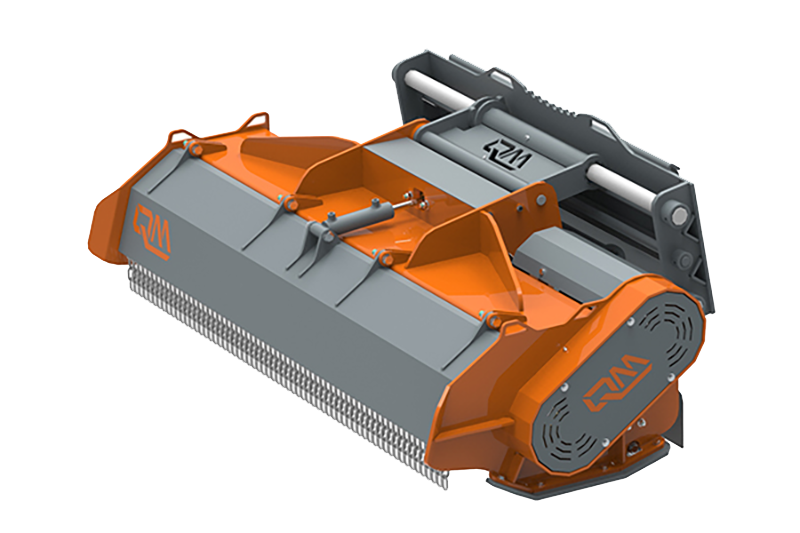HAMMER SHREDDER OR KNIFE SHREDDER: DIFFERENCES AND WHICH ONE TO CHOOSE
First of all, for the sake of clarity, let’s say right away that we are talking about the “non-autonomous” forage harvester, which is the type of forage harvester heads that are attached to an operating machine via a mechanical connection, the operation of which is developed by means of the hydraulic system connected to a skid loader or excavator.

Types of mulchers
The mulcher is a widely used tool both in agriculture and in forestry for the care of woodlands and uncultivated and neglected greenery, but also in the reclamation and maintenance of river channels, railway lines, and is often used for emergencies and relief in areas affected by natural disasters. This versatility makes this tool important and in high demand, and as a result, there are various types and models, sometimes difficult to choose according to one’s needs. Reason being, in this article we will discuss the type of flail mower or knives, explaining the most important differences to properly guide us in making the correct choice.


Differences between a mallet mulcher and a knife mulcher
The major difference between a mallet mulcher and a knife mulcher lies mainly in its use. The knife mulcher is ideal for shredding small caliber shrubs and brushwood so it is primarily used in garden work where finer cutting is required. Its use is preferred where brambles and bushes are very thick and the section of the branches is not too large, allowing the use of such an accessory, that is, effective in precision cuts. In fact, there is a need to consider that knives are more delicate tools and can be more frequently damaged if they are used for crushing very tough vegetation and in areas rich in debris.
In contrast, we have the mallet mulcher, which, despite being preferable for much more demanding work with shrubs, brambles, and much larger diameter brushwood, is still a tool that retains a fair amount of versatility. It can be very reliable in harsh environments, but at the same time it can also do less coarse work with some precision. Ultimately, the Mallet Chopper is more reliable, and practitioners often prefer it, especially when they are unable to know in advance the territory in which they will be working.
This versatility explains why the sledgehammer mulcher is preferred in about 90 percent of cases by practitioners.
How to make the right choice?
The answer to this question is quite simple: know the operating environment very well. This, in fact, will help us choose the right product. As we have already pointed out, land that needs precision tillage, composed of dense, bushy vegetation, and that is not characterized by significant debris and shrubs will make us opt for a knife mulcher. Otherwise, if the environment in which we will have to work is not well known or we know that we will have to deal with challenging territories with large caliber vegetation and shrubs, rich in debris, and we do not want to give up too much on precise work, our best choice will be the mallet mulcher.
QM’s sledgehammer mulcher and knife mulcher.
QM provides the option of equipping the mulcher with both mallets and Y knives.
Below is the detail of the options broken down by operating machinery.
For excavator:
SE SERIES
e
SL
With operating machine from 0.8 up to 4 tons
SM SERIES
With operating machine from 3.5 up to 8 tons- SR SERIES With operating machine from 4 up to 14 tons
For skid loader/ wheel loader, front mounted mulcher:

Ultimately
Let us schematically summarize advantages and disadvantages to be observed before buying a knife mulcher or a mallet-equipped mulcher.
Knife chopper:
- greater precision in cutting, excellent for the care of parks, gardens and green areas with dense, small- to medium-diameter shrubs
- rather “delicate” instrument, not suitable in complex and debris-rich scenarios
- excellent in green care
Mallet mulcher:
- Very versatile tool, effective in different work environments
- Suitable in complex scenarios where very robust vegetation crushing is required
- unobtrusively precise in cuts
- excellent for landscaping, in the reclamation of roads, railways, canals, etc.
- Ideal for use in relief efforts in areas affected by natural disasters
- resistant to impact and massive processing
For any customizations, quote requests, or to inquire, please contact us.
